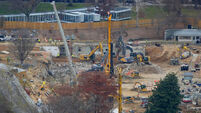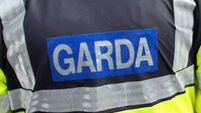Huge quake rocks southern New Zealand
A huge earthquake rocked southern New Zealand early today, authorities said. It rattled houses and hotels but caused no injuries or major damage in the mountainous and sparsely populated region.
One resident said her house shook “like a blade of grass in the wind” as the quake measuring 7.1 on the Richter scale rattled the picturesque farming and tourism area of South Island’s Fjordland.














